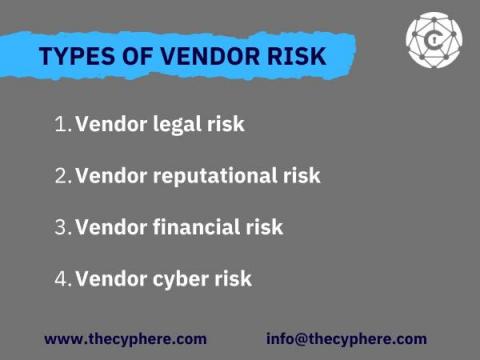What Are the Differences Between FedRAMP and FISMA?
In today’s complex regulatory environment, organizations need to maintain compliance with numerous regulations. Two important cybersecurity-related compliance standards in the United States are the Federal Risk and Authorization Management Program (FedRAMP) and the Federal Information Security Management Act (FISMA). Although these two regulations do have similarities, they have several notable differences as well. This post will explore where FedRAMP and FISMA do, and don’t, overlap.








